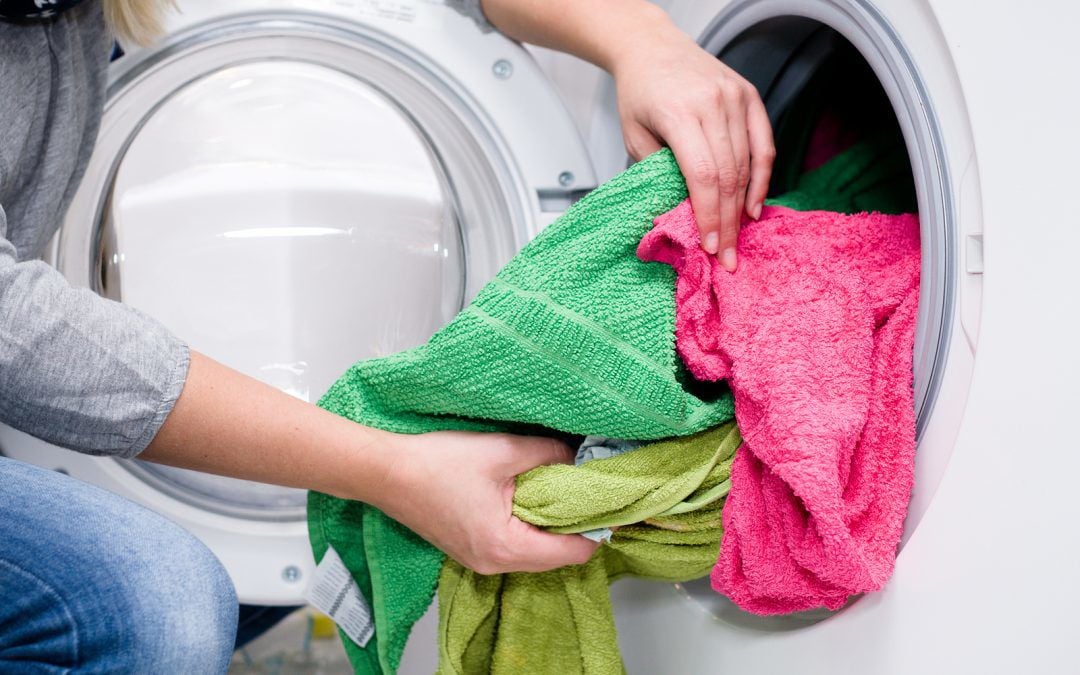

Methods. We reported an outbreak investigation of zygomycosis in a university-affiliated teaching hospital. By fixing a metal platen, on which printing plate and paper are placed, permanently between the rollers, which themselves may be replaced by, or sheathed in, turned metal cylinders they thus make a serviceable and much less expensive alternative to a commercial cylinder etching press.Background. Healthcare laundry-related infection is rare, and pulmonary zygomycosis due to contaminated hospital linens has never been reported.

Mangles are most often used for bed sheets, tablecloths and towels, which would be time-consuming to iron by hand.Īrtists, such as Barbara Brash have adapted mangles to serve as printing presses, which they resemble in construction. This could potentially reduce dust approximately 10 to 60 times however, this is not confirmed. Mangling presses the fiber ends back onto the fiber, so that the clothes remain clean longer. The clothes are then much more sensitive to trap dust, dirt and grease, and to shed off fibers.

When washing, the ends of the surface fibers tend to loosen and stick out when dried. Skilled operators can also press shirts and trousers on a mangle.Ī significant benefit of mangling is reduced dust. They are typically used to press flat items such as sheets or tablecloths, and also are far quicker and more energy-efficient for removing most of the water than a clothes dryer. In contrast to their use in homes, mangles have become an essential feature of commercial or large-scale laundries. They are typically not sold in North American home appliance stores or departments. Small domestic pressing mangles may be more common in some countries than in others. By the 1950s, home ironers, or mangles, as they came to be called, were becoming popular time-savers for the homemaker.Ī modern, motorized mangle in a residential building's laundry room in Sweden By the 1940s the list had grown to include Bendix, General Electric, Kenmore and Maytag. There were many electric rotary ironers on the American market including Solent, Thor, Ironrite and Apex. This process takes much less time than ironing with the usual iron and ironing board. Laundry is fed into the turning mangle and emerges flat and pressed on the other side. They consist of a rotating padded drum which revolves against a heating element which can be stationary, or can also be a rotating drum. In the 1930s electric mangles were developed and are still a feature of many laundry rooms. of 108 Franklin Street, Chicago, Illinois, offered a gas-heated home mangle for pressing linens in 1902. The rollers were typically made of wood, or sometimes rubber. Middle-class households and independent washerwomen used upright mangles for wringing water out of laundry, and in the later 19th century they were more widely used than early washing machines. Box mangles were large and primarily intended for pressing laundry smooth they were used by wealthy households, large commercial laundries, and self-employed "mangle women". Gradually, the electric washing machine's spin cycle rendered this use of a mangle obsolete, and with it the need to wring out water from clothes mechanically. In the second half of the 19th century, commercial laundries began using steam-powered mangles or ironers. The oldest known model is a Norwegian mangle board, found near Bergen and dated 1444. Some northern European countries used a table version for centuries, the device consisting of the rolling pin, a wood cylinder around which the damp cloth was wrapped, and the mangle board, a curved or flat length of wood which was used to roll and flatten the cloth. The word comes from the Dutch mangel, from mangelen "to mangle", which in turn derives from the medieval Latin mango or manga which ultimately comes from the Greek manganon, meaning "axis" or "engine". The Oxford English Dictionary dates the first use of the word in English from 1598, quoting John Florio who, in his 1598 dictionary, A World of Words, described "a kind of press to press buckram, fustian, or dyed linen cloth, to make it have a luster or gloss". Early Miele washing machine with a mangle, probably 1930.


 0 kommentar(er)
0 kommentar(er)
